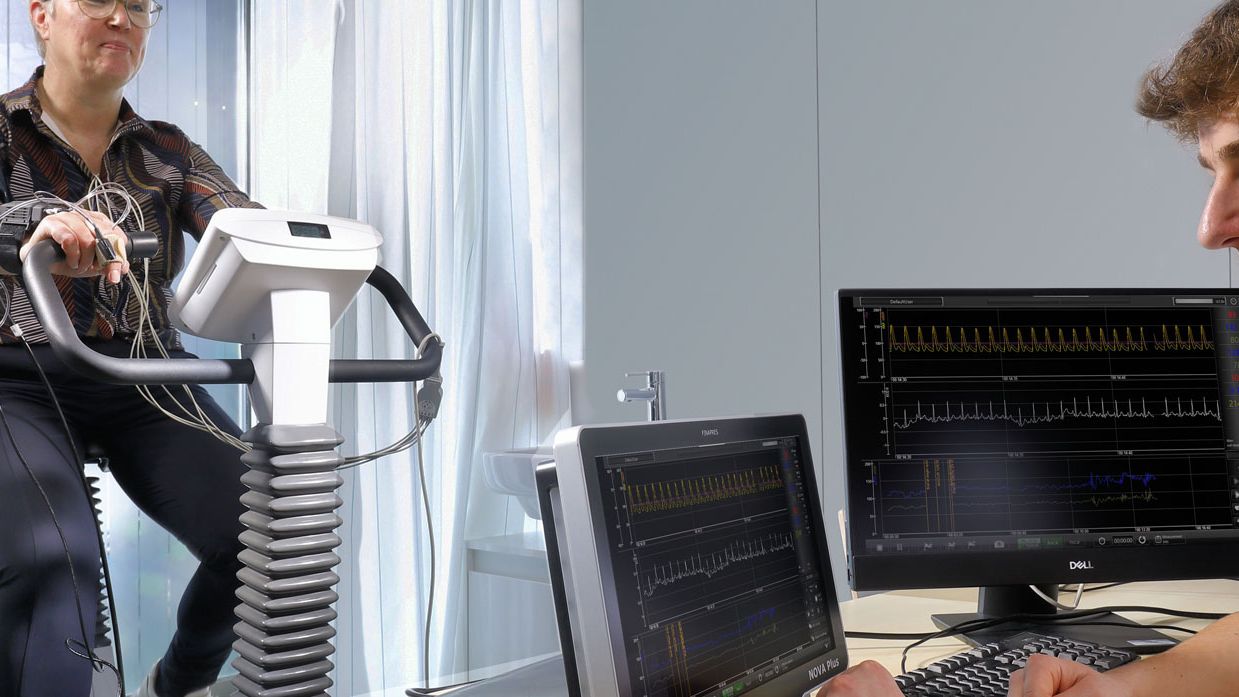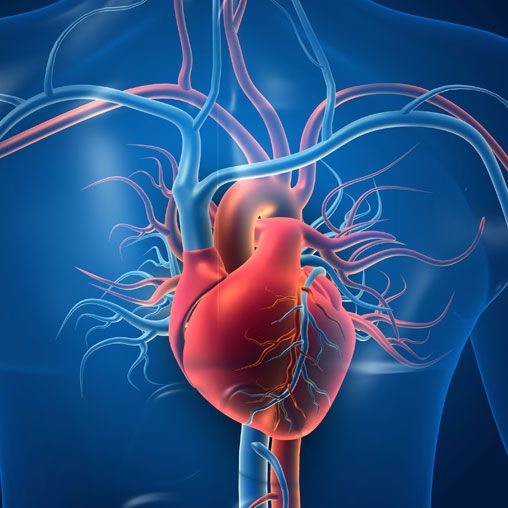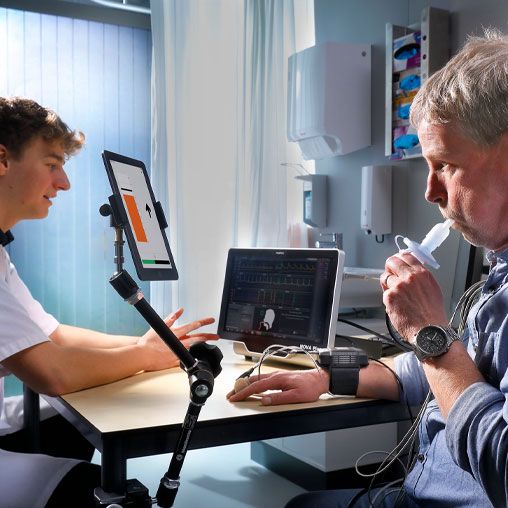Finapres devices apply in the fields of Autonomic Failure Diagnosis, Hemodynamic Evaluation, Education, and other application fields.
explore our marketsDysautonomia
The Autonomic Nervous System (ANS) is the part of your body that controls many functions like heart rate, blood pressure, breathing, digestion etcetera. These functions are controlled unconsciously. When the ANS doesn’t function as it should, this is called Dysautonomia, Autonomic Dysfunction or Autonomic Neuropathy. Read our blog to learn more about the causes, symptoms and diagnosis of Dysautonomia.

Syncope
Syncope is defined as a transient loss of consciousness (TLOC) due to cerebral hypoperfusion, characterized by a rapid onset, short duration, and spontaneous complete recovery [2]. The software packages Autonomic Testing (AT) and Guided Autonomic Testing (GAT) of Finapres support the physician in finding the cause of syncope! To learn more about syncope, read our blog post.

POTS: Postural Orthostatic Tachycardia Syndrome
Postural orthostatic tachycardia syndrome (POTS) is a cardiovascular autonomic disorder characterized by an excessive heart rate increase on standing and orthostatic intolerance, without orthostatic hypotension [1]. To learn more about POTS causes and diagnosis as well as POTS treatment and its effect on the life quality of patients with POTS, read our blog post.

Symptoms of POTS
• Dizziness or light-headedness
• Shaking and sweating
• Weakness and fatigue
• Shortness of breath
• Chest pain
• Fainting
• Heart palpitations
• Headaches
• Poor sleep

Baroreceptor Sensitivity (BRS)
The ability of the baroreflex to efficiently buffer beat-to-beat changes in blood pressure is known as the baroreflex sensitivity (BRS). BRS can be used to assess cardiac autonomic function [3]. Finapres Autonomic Testing (AT) software application provides the xBRS parameter to calculate the correlation between beat-to-beat blood pressure and delayed pulse intervals! The Advanced Hemodynamics (HD) software application can also be used to derive the xBRS parameter!
References
- Raj, S.R. “The postural tachycardia syndrome (POTS): pathophysiology, diagnosis & management” Indian pacing and electrophysiology journal (2006)
- Brignole, Michele, et al. “2018 ESC Guidelines for the diagnosis and management of syncope” European Heart Journal 39.21 (2018): 1883-1948
- Depre M, et al. Non-Invasive Spontaneous Baroreceptor Sensitivity Measurement: A Reproducible Tool to Assess Autonomic Cardiac Function in Early Drug Development. Curr Trends Pharma Clinical Trials 2021, 4(2): 180035.




